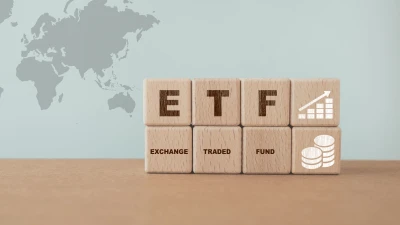Which top Australian equity funds can investors count on?



Money Management looked at the FE five-Crown rated funds in the Australian equities sector to see which funds have consistently outperformed the sector over one, three, five and 10-year periods.
Of the 22 five-Crown funds in the sector, nine funds managed to consistently produce top quartile returns over all time frames, suggesting investors can rely on them over the long-term.
The following table shows the funds’ performance over the time frames, as well as the sector average.
The DDH Selector Australian Equities Fund produced the highest returns over the shortest period at 29.81 per cent for the year to date, while Macquarie’s Australian Shares fund produced the highest returns over a three and five year period, 15.19 and 17.38 per cent respectively.
Perpetual’s Pure Value Share Fund produced the highest returns over a ten-year period at 16.03 per cent, but dropped over the shorter time frames.
The sector returned 10.51 per cent for the year to date, 7.19 per cent over a three-year period, 8.90 per cent over a five-year period and 5.66 over ten years.
The chart below shows the performance of the three funds compared to the ACS Equity - Australia average, and the S&P ASX 200 benchmark over a five-year period.
Outperforming the index comes at a price it seems, given none of the funds placed in the top quartile for volatility.
Macquarie’s Australian Shares product disclosure statement flags the fund as having a medium to high risk, mainly due to it’s exposure to listed assets. FE Analytics notes it’s slightly less risky than the S&P ASX 200 however, allocating it a FE Risk Score of 97 where the benchmark is 100.
The Perpetual Pure Value Share fund was again lower at 91, while the DDH Selector Australian Equities fund has a risk score of 116.
Only the CI Brunswick fund managed to remain in the second quartile for volatility over all time frames with a FE Risk Score of 73, while other funds placed in the bottom quartiles, proving returns can be risky.
Recommended for you
VanEck is expanding its fixed income range with a new ETF this week to complement its existing subordinated debt strategy which has received $1 billion in inflows this year.
Specialist global equities manager Nanuk has celebrated 10 years of its flagship New World Fund and is actively considering its next possible vehicle.
Australian equities manager Datt Capital has built a retail-friendly version of its small-cap strategy for advisers, previously only available for wholesale investors.
The dominance of passive funds is having a knock-on effect on Australia’s M&A environment by creating a less responsive shareholder base, according to law firm Minter Ellison.












